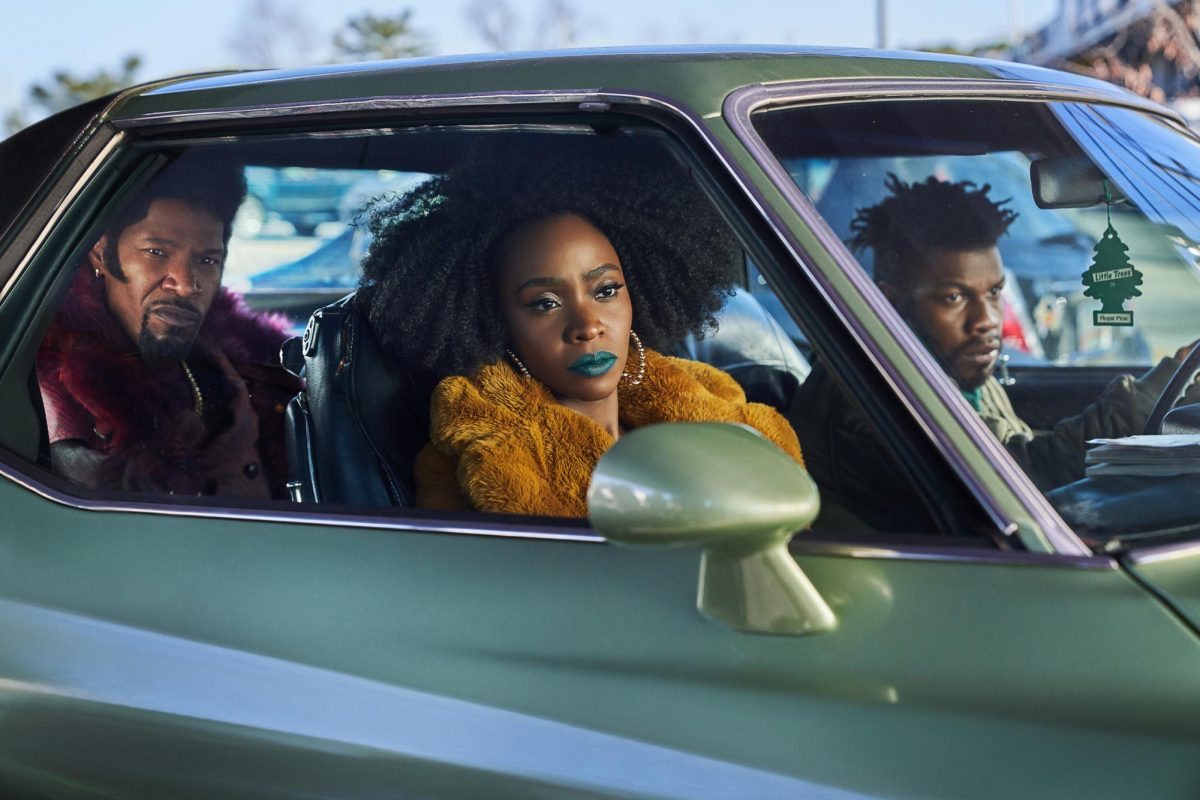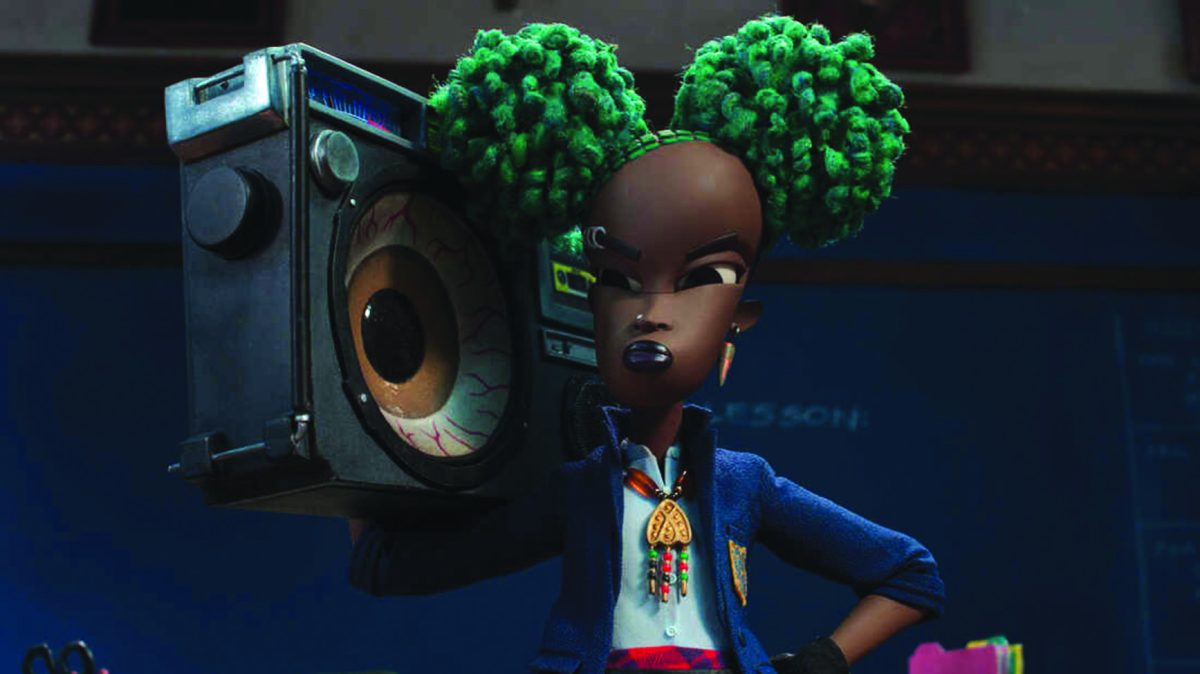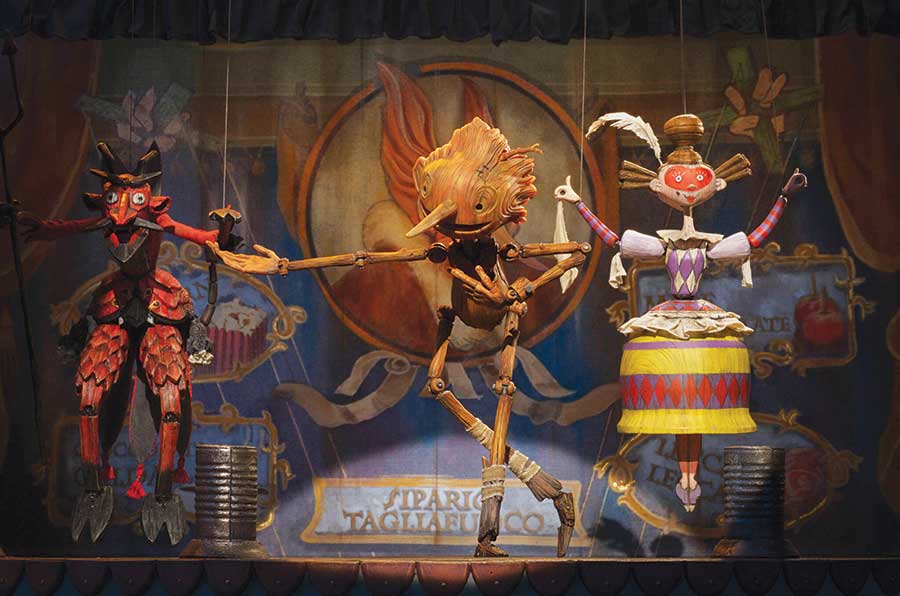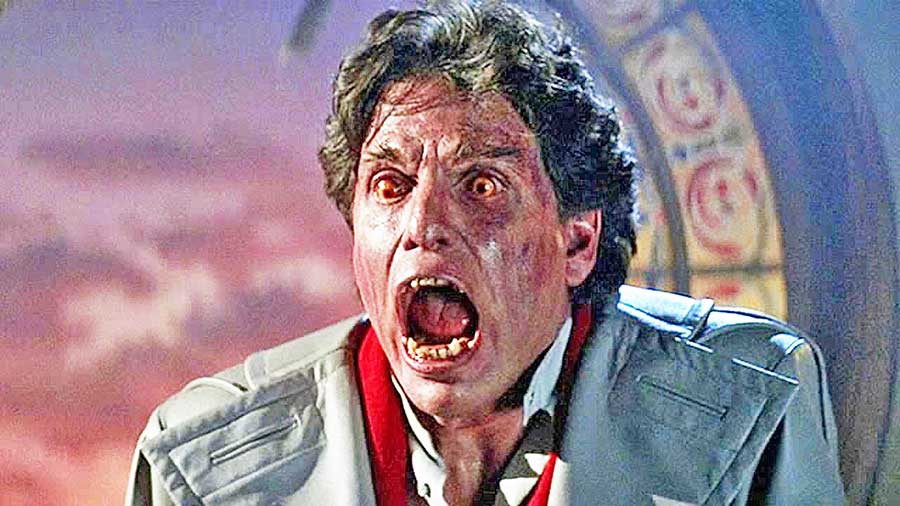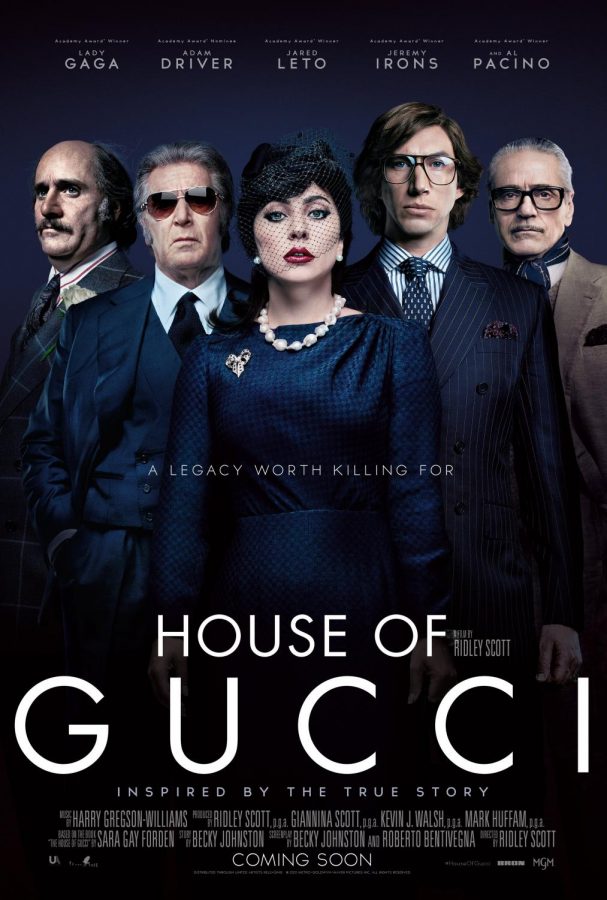What do you do when you’re caught between the devil and the deep blue sea? This is the question Hester Collyer struggles with in Terrence Davies’ film adaptation of Terrence Rattigan’s play “The Deep Blue Sea,” a tale of unrequited love and the brutality it can cause.
In the film, Hester, played by Rachel Weisz, finds herself stuck between a passionless but safe marriage and a passionate but lethal affair. Hester’s flux of emotions compel the viewer throughout the film, and Weisz’s ability to switch from distress to calm to amusement in a single scene draws the viewer in deeper to the story by marking the stormy conflict within her character.
As Hester attempts to reconcile her feelings for her husband, her lover and herself, the story drives itself with a nonlinear narrative that reveals various aspects of the characters’ lives and personalities, making each one simultaneously lovable and condemnable. Hester’s husband William, played by Simon Russell Beale, is both loving and distant, as well as harsh and kind. Beale destroys the stereotypical beliefs about an older man married to a younger woman with his approach to the character. He makes it possible to side with a man who seems to have so wronged his wife. Beale’s collected demeanor, even when faced with heartbreak, warms the viewers to him even as it illuminates Hester’s problem with William.
Perhaps most impressive in this film is Tom Hiddleston’s portrayal of Freddie Page, an ex-RAF pilot whose passion for living is flamed by the fact that his life ended with World War II. Hiddleston’s great mastery is in showing emotion in simple gestures and expressions. With a contradictory glisten in his eyes as he’s screaming or a slow swallow while he’s speaking, his small actions say more about his character than his dialogue does. He shows viewers a man who yearns to escape responsibility and live without stress, but knows he must be responsible to do so.
One of the most compelling scenes comes near the end of the film when, with a plethora of tight smiles and soul-crushing glances, Hiddleston brings Freddie’s conflict into crystalline focus.
When Freddie’s issues are thrown into the mixture of Hester’s eagerness for both safety and passion and William’s desperation to understand his situation, a heart-wrenching story forms, and it is supplemented by the gorgeous imagery throughout the film.
Director Terrence Davies, cinematographer Florian Hoffmeister and art director David Hindle create a beautifully bleak world for Terrence Rattigan’s characters to navigate. The dim lighting and confined settings mix gracefully to showcase the pain each of the characters feel.
Attention to detail in the sets and wardrobe add authenticity to the film, set in London in the 1950s. The use of a rotary phone in the payphone, the references to rationing and the smart outfits worn by the characters put the viewers in the time period. The music in the film, both sung harrowingly by the actors and played during dramatic moments, has almost as great an impact as the moments of silence. Silence is monumental in this film. It allows the characters and the viewers to feel the weight of what is happening around them.
The viewers are also put in the moment by the interactions of the characters. Hester and Freddie’s displays of affection are often drawn out, rough-edged and almost awkward to watch, with their aggressive touching and loud gasping.
Similarly, the dialogue often features pauses in seemingly unnatural spots, but always in moments of distress or passion, making it instead feel uncomfortably natural. What some viewers may mistake as poor delivery and overacting is actually unnervingly raw and realistic communications. Can a passionate couple restrain themselves from an extra grab or an exaggerated breath? Can a distraught woman argue with her lover without choking? Weisz, Beale and Hiddleston bring realistic tension and fervor into their roles and leave the viewers feeling both exposed and engaged.Though the delivery of the lines is realistically tense, the lines themselves sometimes seem stiff or overdramatic. They lack the conversational flow often preferred by moviegoers. The dialogue at times seems lofty or overworked, likely because the film was adapted from a stage play. The heightened diction often favored in theater does not always translate well into film, but the actors compensated for the occasionally stiff dialogue with their realistic delivery.
Originally released in the UK on Nov. 25, 2011, this miserably lovely film, produced by Sean O’Connor and Kate Ogborn and funded by UK Film Council and Film4, did not have a wide release in the United States. It was released here on March 23. The Savoy Theater in Montpelier played the film for only two nights, March 24 and 25, as part of the Green Mountain Film Festival.“The Deep Blue Sea” is still playing in select theaters in cities such as Manhattan and Boston. Though not necessarily easily accessible to Vermonters, this film is worth tracking down. The raw emotion, the story of unrequited love that forms around it, the beautiful images and the phenomenal acting are a treat for any cinephile who loves a good heartbreak.


